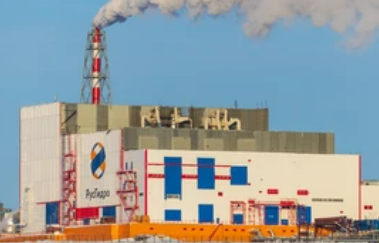
Haiden Holmes
Apr 11, 2022 09:37

Lithium has joined the commodities market upheaval in the aftermath of Russia's conflict on Ukraine. Even prior to the conflict, raw material prices soared as demand increases and availability were constrained by pandemic-related supply chain problems. Benchmark Mineral Intelligence's gauge of worldwide lithium prices has increased about 490 percent in the last year. China is so concerned about lithium pricing that it has gathered a diverse group of market participants for two days of negotiations aimed at preventing a meteoric rise in prices.
Because lithium is a critical component of electric car batteries, manufacturers are scrambling to secure supply ahead of a worldwide push toward electrification of transportation. Tesla has secured supply agreements with battery metals makers in the last couple of years, including one with mining giant Vale SA (NYSE:VALE).
Following the lithium price surge, China has already communicated to its EV battery supply chain that it wants lithium prices to revert to reasonable levels, as rising costs have raised manufacturers' cost inflation and threatened to ultimately harm consumer demand.

Apr 11, 2022 09:36

Apr 12, 2022 09:16